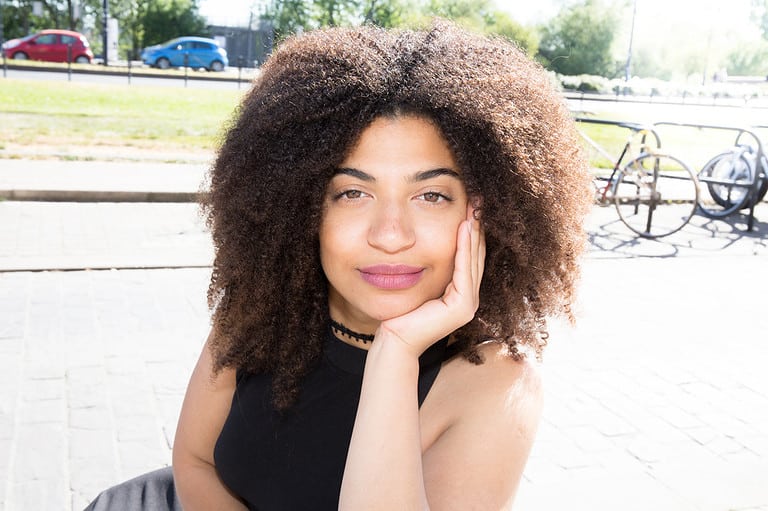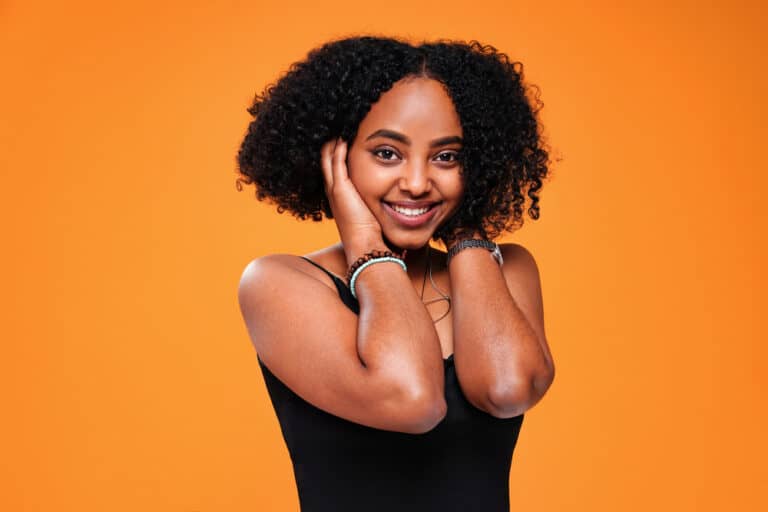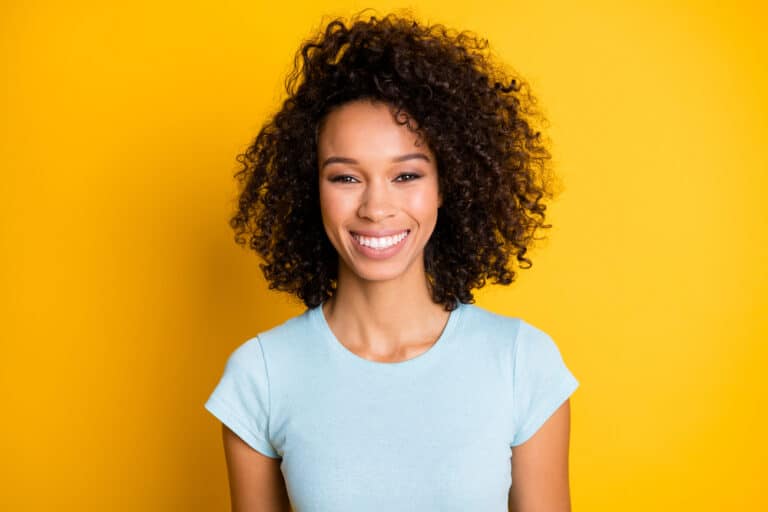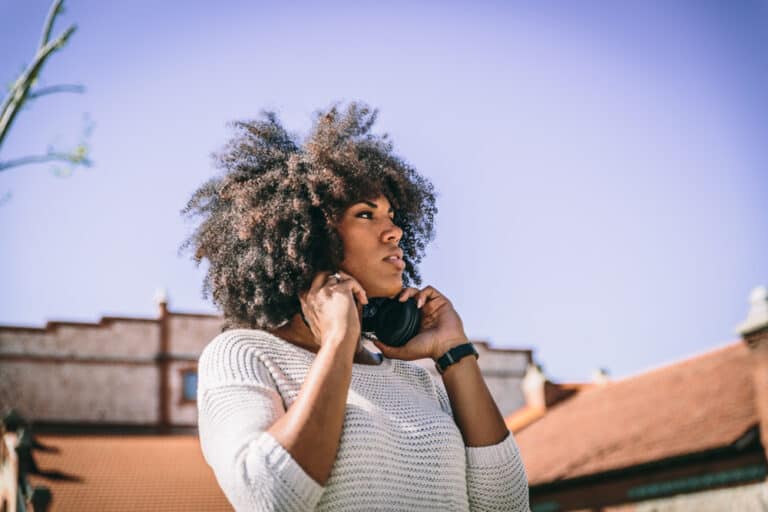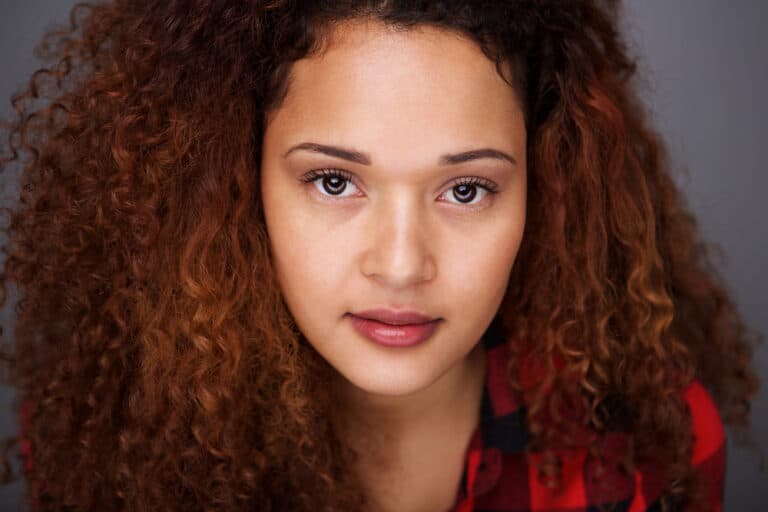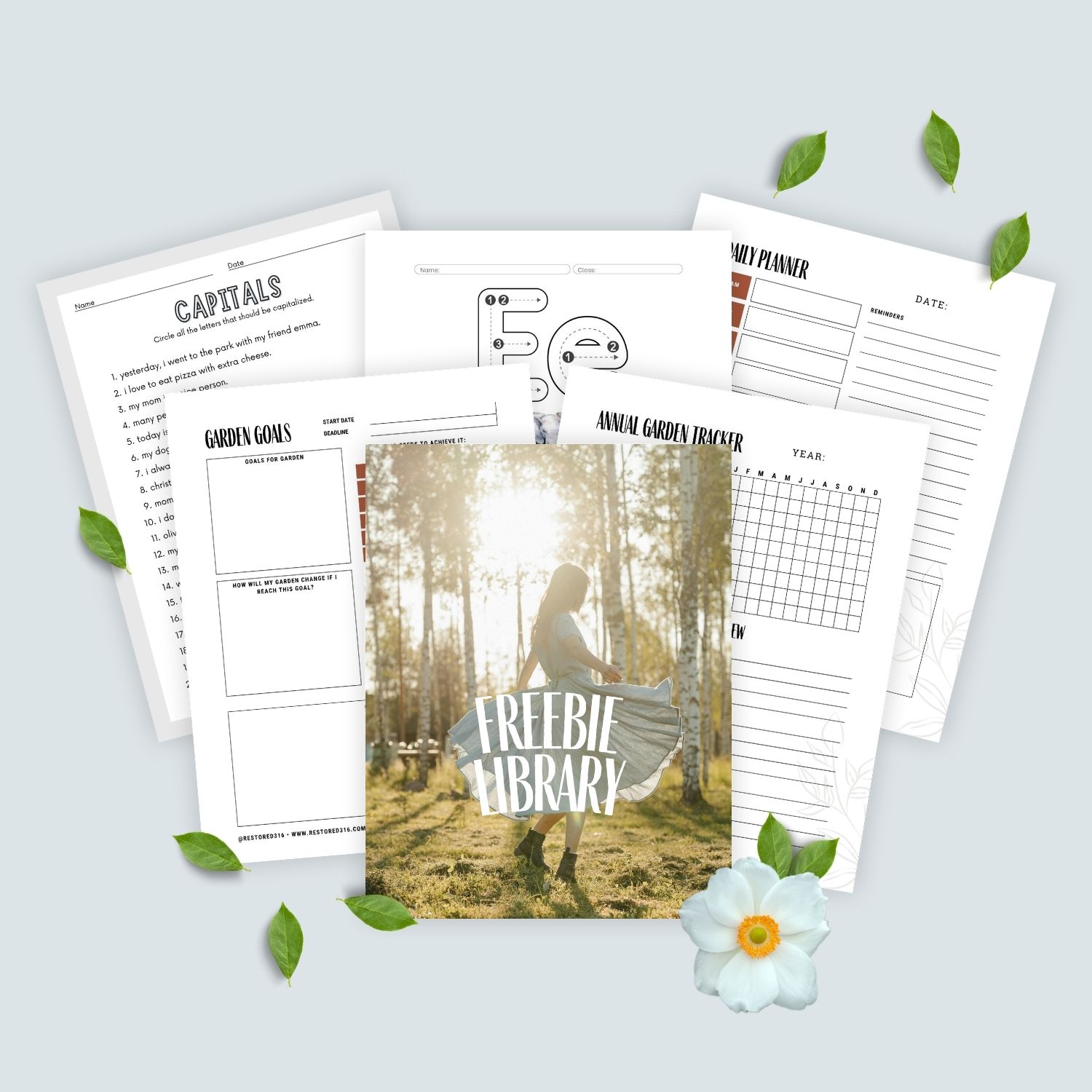Can Black People Get Lice in Their Hair? Symptoms, Treatment, and Prevention
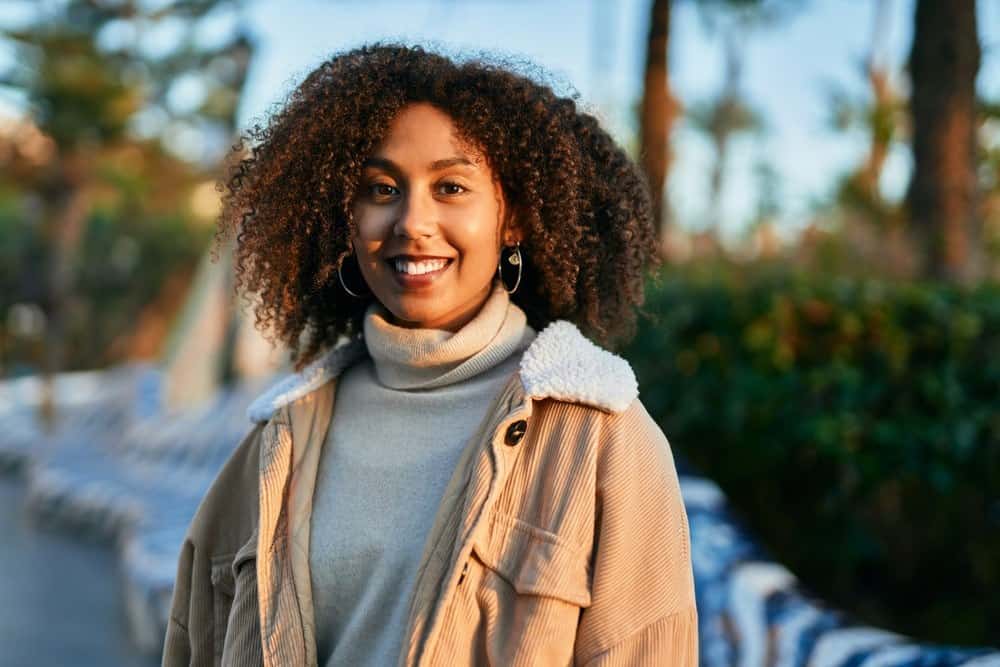
If you think you have a head lice infestation, this article is perfect for you. We’ll cover common questions about lice and nits, how to to get rid of head lice, and ongoing disease control and prevention.
What are head lice? Head lice or head louse are small parasites that can only survive with a human host. Lice have six legs with tiny claws at the ends. This allows them to attach themselves to individual strands of hair.
The parasites have the ability to stay attached to their human hosts, close to the scalp, where they feed on blood.
Lice aren’t dangerous, in the sense that they don’t carry diseases, according to the CDC. The bites will cause annoying itching and could potentially lead to an infection.
Table of Contents
- 1 How Many Eggs Do Lice Lay?
- 2 Can Black People Get Lice?
- 3 Where Do Lice Come From in the First Place?
- 4 Are Head Lice Dangerous?
- 5 The Head Lice Lifecycle
- 6 How Do You Know If You Have Head Lice?
- 7 How to Get Rid of Head Lice: Understanding Your Treatment Options
- 8 Natural and Home Remedies for Parasite Infestations
- 9 Treating Infestations with Over the Counter and Prescription Medications
- 10 LiceLogic Pesticide Free Shampoo
- 11 Tea Tree Rosemary Lice Prevention Shampoo
- 12 WipeOut Natural Head Lice Treatment by Head Hunters
- 13 LiceMD Head Lice Treatment
- 14 Eliminating the Parasite from Your Home
- 15 Understanding Everything About Malathion
- 16 What are the Steps for Using Malathion?
- 17 Frequently Asked Questions
- 17.1 Where do head lice originate?
- 17.2 Will head lice just go away?
- 17.3 Can you get head lice with hair extensions?
- 17.4 Do head lice have wings? Do they actually fly around a person’s head?
- 17.5 My child is six years old and was sent home with head lice. Can I use the malathion lotion to treat their condition?
- 17.6 Are treatment failures common with malathion?
- 17.7 Are second treatments needed?
- 17.8 Does the malathion kill lice eggs?
- 17.9 Does hair dye kill lice?
- 17.10 Do lice like clean or dirty hair?
- 17.11 How many infestations occur each year?
- 17.12 What are the common head lice symptoms? Do head lice carry diseases?
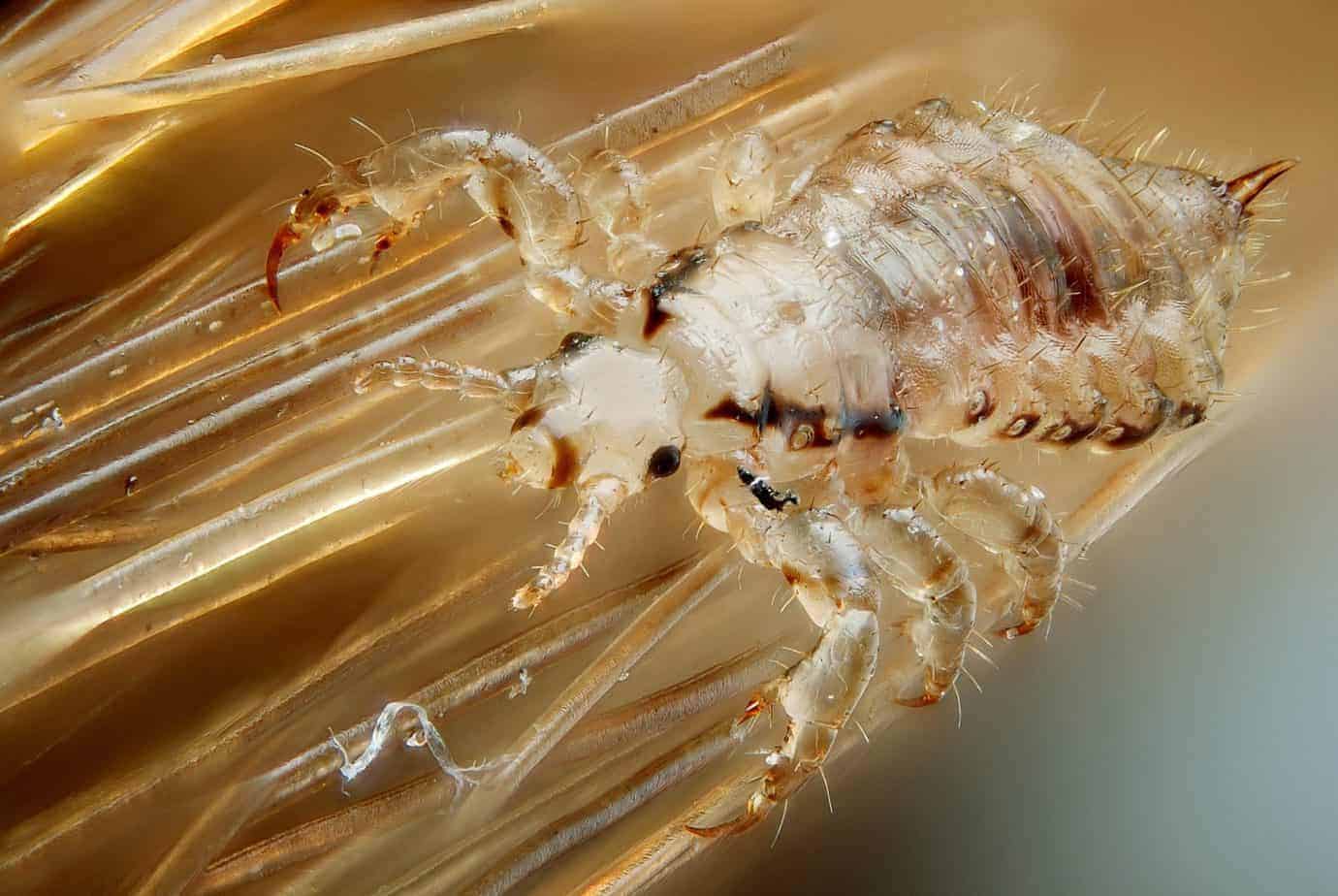
How Many Eggs Do Lice Lay?
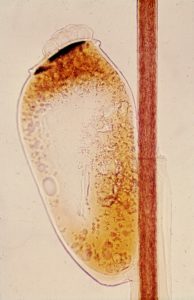
Nits are the name for the eggs hatched by the head louse. An adult female louse will travel to a human’s scalp to lay her eggs and can lay about 8 eggs each day.
When the egg is laid, a sticky substance comes out as well. This sticky substance glues the nit to the human hair giving it the opportunity to hatch on its human host.
Nits are tiny and oval-shaped but can be identified by their yellowish, off-white color.
After about a week, the eggs hatch, and a nymph (i.e., baby lice) is born. Nymphs feed on human blood. They need to remain on their human host to survive and grow into a full-sized louse.
Although, even a full-grown adult louse is difficult to see, because of the tan, brown color, and small size. They are roughly the size of a sesame seed.
Like the nymph, the adult louse must stay attached to a human host to survive. On average, an adult louse will live about 30 days when attached to a host but will die within a few days if removed.
Can Black People Get Lice?
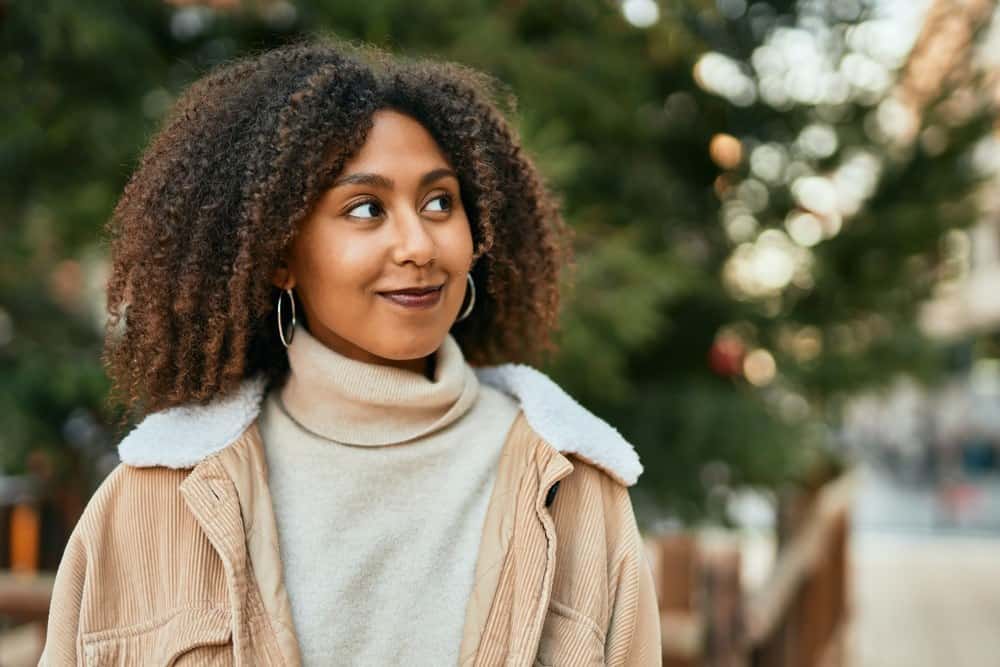
One commonly asked question is can black people get lice?
Black people can get lice just like people from other ethnic origins. Statistics show that black people tend to be less prone to get infected by the parasite. However, we haven’t found any scientific evidence that substantiates the reason behind the data point.
There are some hypotheses that naturally curly hair is more susceptible to head lice than chemically altered hair types or textures, although this theory hasn’t been substantiated.
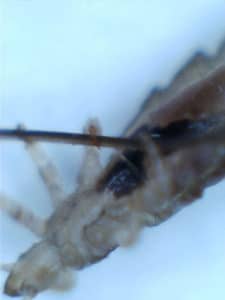
Regardless of hair type, or hairstyle, everyone can get lice, including people with dreadlocks and hair extensions.
Since the head louse is an obligate parasite, it can only survive on human hosts.
The louse cannot be passed along from pets or other animals to humans. They can only be transmitted from one human host to another (source).
In order for a person to be infected with lice, they need to make contact with another person who is already carrying at least one head louse.
There are a few other ways that someone can become infected, but we’ll discuss these less frequent methods later in the article.
Lice are common among children and are sometimes transmitted at school. However, it’s more commonly transmitted where many children are in close head-to-head contact. For example, sleepovers are a common culprit for lice transmission.
While a louse must travel from one host to another to live, they can survive for a few days without being attached to a host. This means that head lice can also be spread by sharing hats, combs, and other belongings.
Where Do Lice Come From in the First Place?
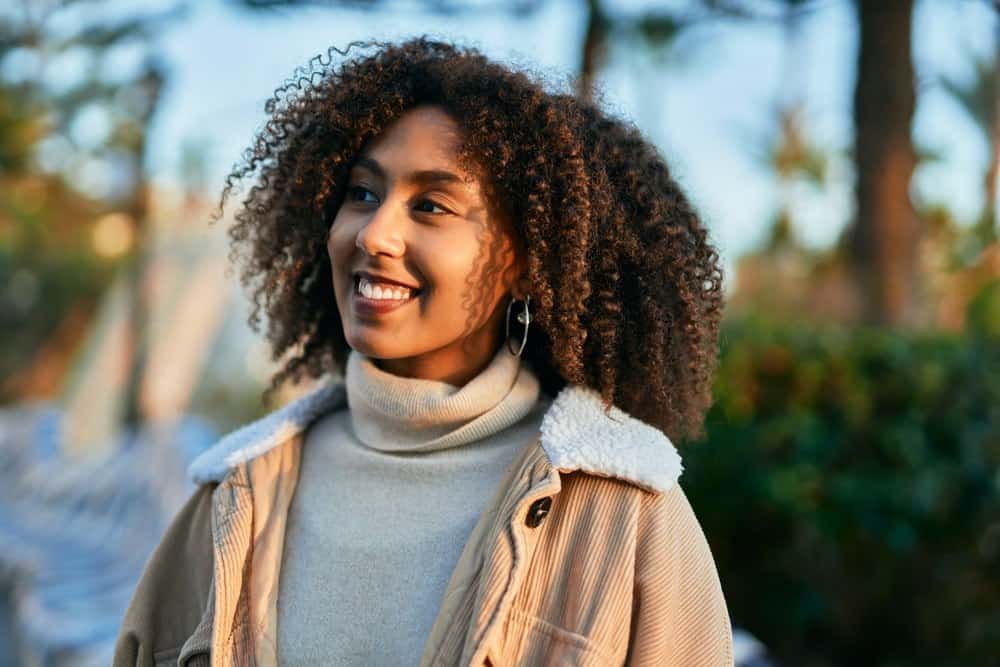
It should be noted that infestations are not caused by poor hygiene. While there is still a stigma surrounding lice, it is extremely common and easy to treat.
With schools being at high risk of infestations, many have adopted a “no-nit” policy. This means that a child cannot be in the school if they have even a single nit.
While some schools see this as a necessary precaution, some parents and healthcare professionals take issue with the policy.
Those who are against the “no-nit” policy agree that a child should be allowed to go back to school when they begin treatment to eliminate the parasite.
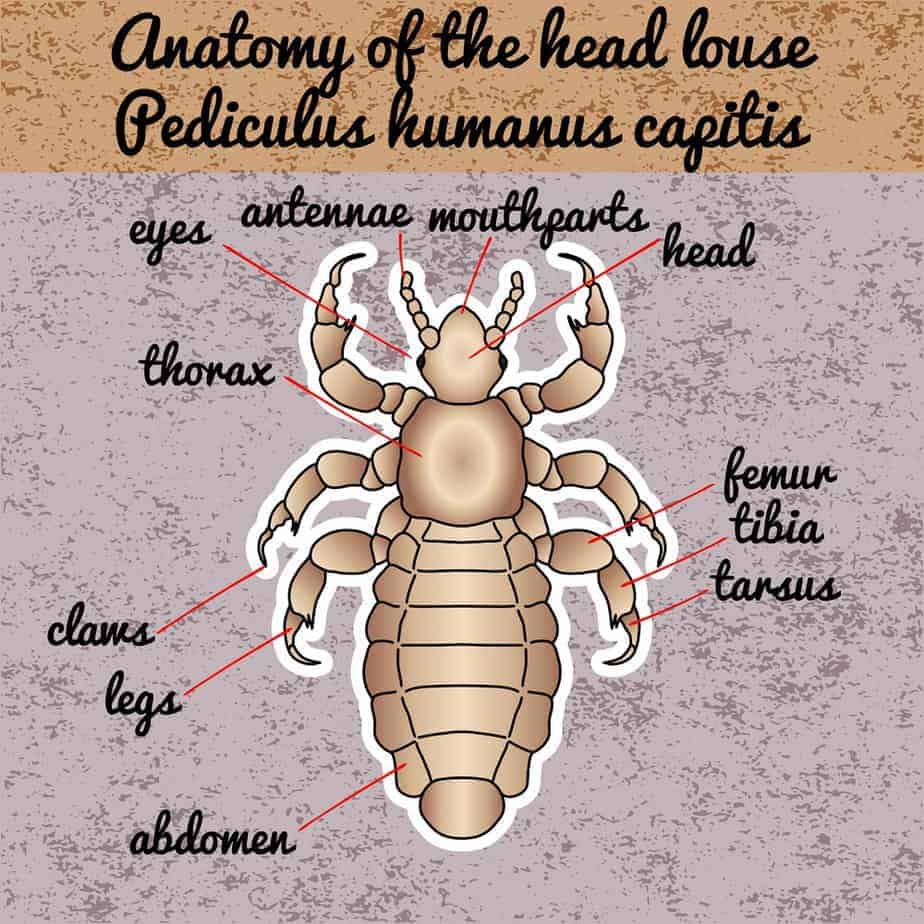
Are Head Lice Dangerous?
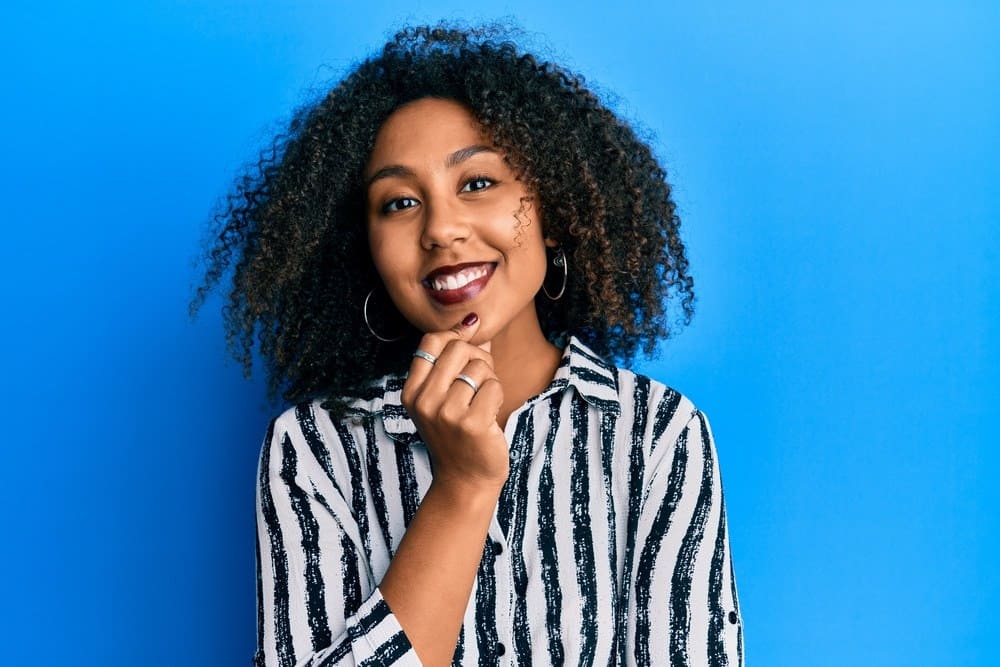
The short answer is no, lice are not dangerous. The parasites do not carry diseases and shouldn’t be considered a medical hazard.
The CDC (Centers for Disease Control and Prevention) does not have any regulations for lice infestations, but local health departments will often have guidelines for schools.
Consequently, schools are generally very cautious about dealing with infestations of the parasite.
If an individual discovers they have lice, they should treat the problem promptly. The insects cause an annoying itchy feeling and scratching can lead to a skin infection that could become more dangerous.
The Head Lice Lifecycle
During the head lice cycle, adult female lice lay up to 8 eggs per day. These eggs are called nits and are slightly bigger than the lice.
They are quite difficult to spot as they take on the same color of the hair. Once these eggs hatch, they become baby lice also known as nymphs.
These nymphs grow into full-grown lice after roughly 7 days. The adult female lice will then lay eggs and then the vicious cycle starts all over again.
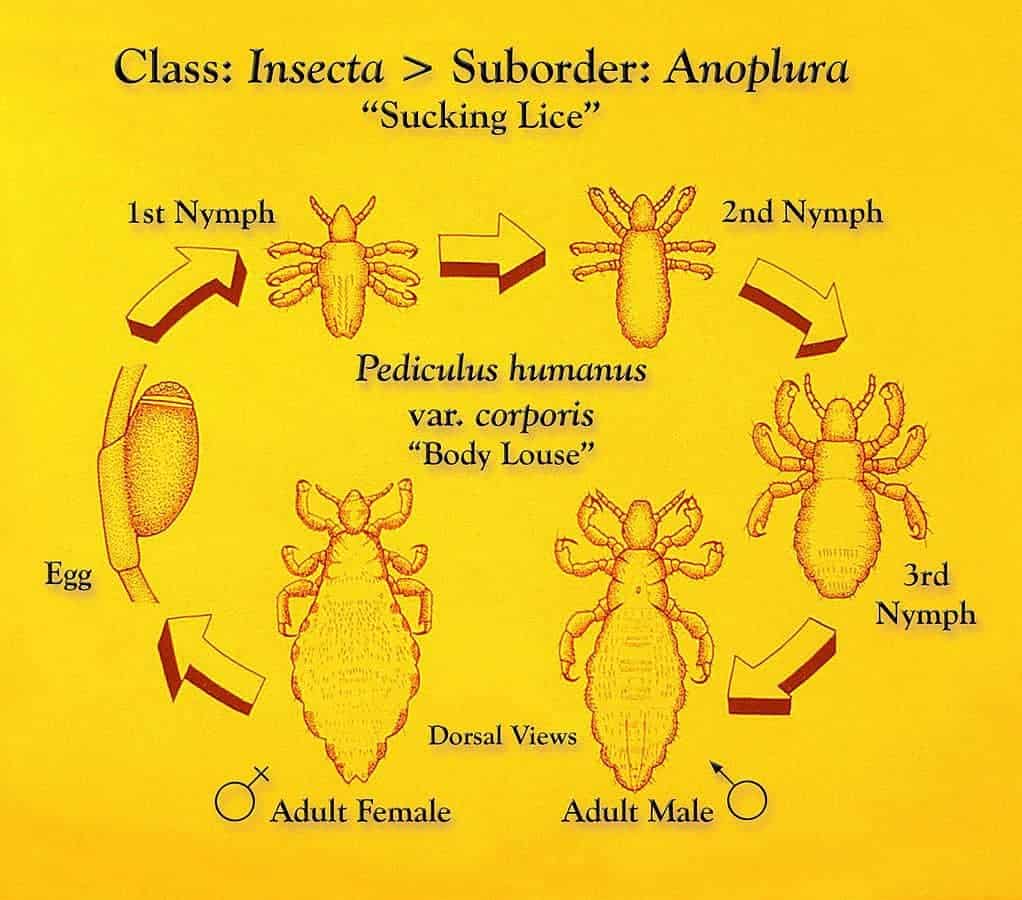
How Do You Know If You Have Head Lice?
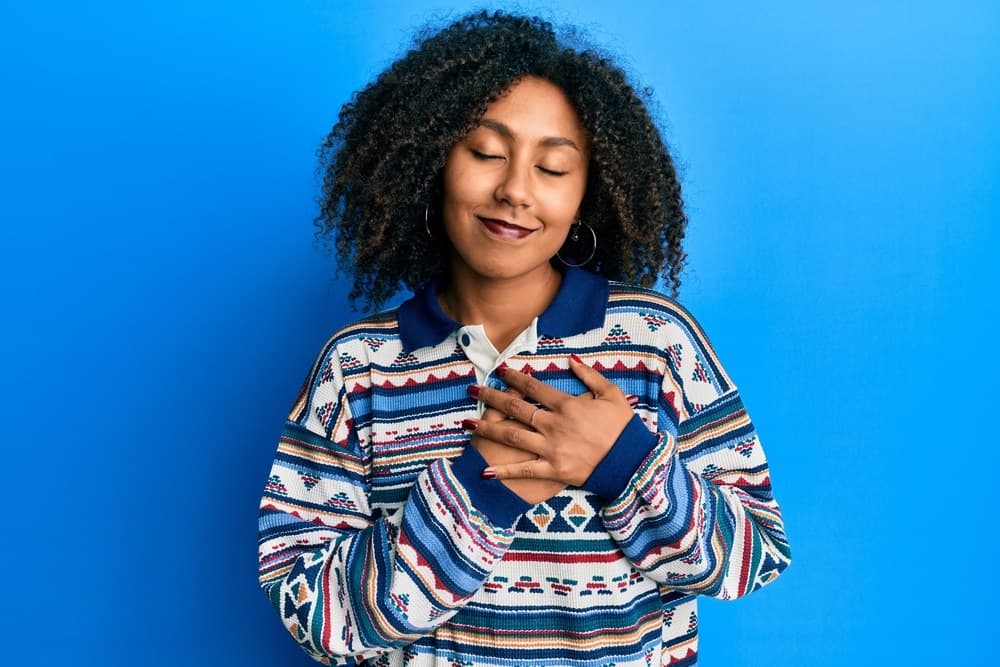
Is it head lice or dandruff? The answer is pretty simple. Lice can be diagnosed when a nymph or adult head louse is found living in the hair.
It can be difficult to find and diagnose infestations because the parasites move quickly and hide within the hair when exposed to light.
It’s most common for the insects to be in the hair around the ears and on the back of the neck.
Signs of the insect include excessive itching, sores on the scalp from scratching, and the feeling of the insects moving throughout the hair.
Nits sticking to the hair shaft can indicate that the hair is infested with live insects, but that isn’t always the case.
When nits are found, the eggs have usually already hatched and turned into nymphs or adult lice which may or may not still be living in the hair.
Going over the hair with a fine tooth comb and deliberately looking for the parasites is the best way to find them. Nits are often mistaken for other things like dandruff and hairspray.
So, how can you tell if you have lice? It’s best to be diagnosed by a medical professional or someone who is qualified to give a definitive answer.
How to Get Rid of Head Lice: Understanding Your Treatment Options
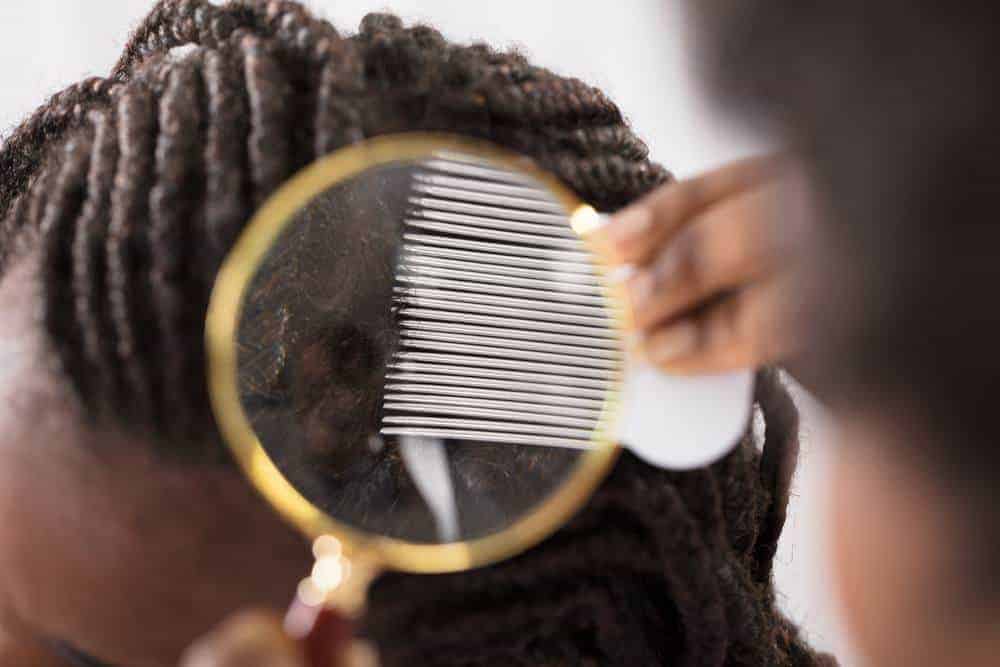
Find out what works, what doesn’t work, and what you need to do to keep these parasites out of your home.
While head lice aren’t dangerous, they should be treated immediately. This will help mitigate scratching that could lead to infection and prevent the infestation from spreading to others.
There are many products on the market that can get rid of lice. Your options include over the counter products, natural products, and prescription products.
Natural products for getting rid of head lice often include ingredients like tea tree oil and eucalyptus oil, which many believe can be equally as effective as the chemical ingredients in over the counter and prescription products.
The products, like foams and shampoos, work by killing the living parasites and eggs which can then be removed. If even one living nit is left in the hair, it can lead to another round of insects.
If your child is diagnosed with lice, it’s important to alert the school nurse or your child’s teacher so that other children can be checked and the life cycle can be ended.
Eliminating lice from the hair and from the home will be a process that will take some time. Whether you choose a natural, over the counter, or prescription treatment option, you may need to go through several cycles of combing, applying products, and shampooing to remove all nits and lice from the hair.
After one cycle, there may be some remaining nits. Following instructions closely will ensure those remaining nits will be removed before they have a chance to hatch.
Talk to your health care provider to choose the product you feel most comfortable with using to treat an infestation.
Natural and Home Remedies for Parasite Infestations
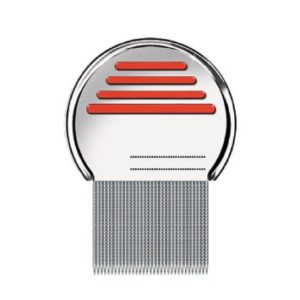
Mayonnaise, butter, petroleum jelly, coconut oil, and olive oil are all popular home remedies among those looking for a natural solution to eliminating lice.
The success rate of several of these home remedies is questionable. Actually, some of these home remedies simply do not work.
Users expect these home remedies to suffocate the parasites, killing the existing nymphs and lice and not allowing the eggs to hatch.
We don’t recommend using home remedies to treat head lice since many of them simply don’t work, but definitely understand why many people go with this option.
To use one of these natural remedies, start by using a fine tooth comb to remove as many of the eggs and insects as possible. Then, coat the hair in one of the aforementioned substances.
Because these insects can survive without breathing for up to eight hours, it’s recommended that the hair remain coated and a shower cap is worn overnight in order to suffocate and kill the lice.
After letting the substance sit overnight, wash thoroughly with regular shampoo before combing again to remove what’s left of the nits and lice.
Many parents choose these natural home remedies in order to avoid using harsh chemicals on children. While the intentions behind the choice are great, home remedies may not always be effective.
The ability of these insects to survive without fresh air means that smothering won’t always kill all of the lice.
While the process can be repeated daily, if any nits aren’t killed and removed from the hair, the parasites will continue to come back.
Treating Infestations with Over the Counter and Prescription Medications
There are several reliable over the counter and prescription elimination products on the market. These products work in a variety of ways, but most serve to paralyze and kill the parasites quickly and effectively.
As with natural remedies, these products will also require combing before and after use. Start by combing the hair and removing as many eggs as possible. Then, follow the instructions on the product you choose.
Each product will have unique instructions for applying the substance, the amount of time the product should sit on the hair, how the hair should be cleaned afterwards, and how frequently the product should be used to ensure that the hair won’t become infected again.
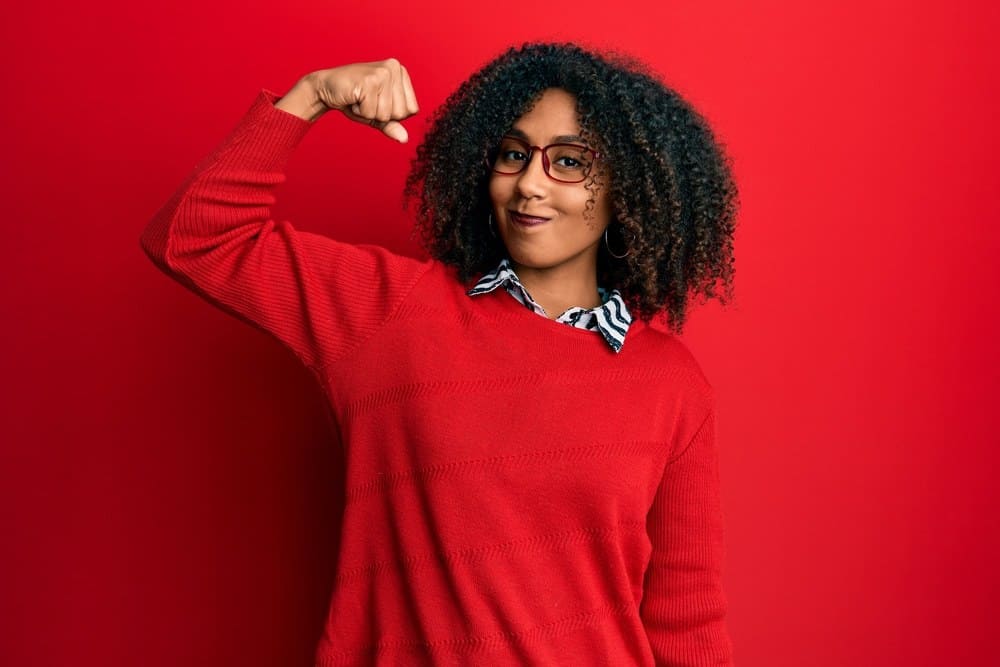
While over the counter and prescription medications for lice treatment are safe for use, it’s important to follow the instructions exactly and to only use the recommended amount of the product as directed.
If it’s clear that the product isn’t working after 2 to 3 applications, the lice may have a resistance to the medication. If this is the case, consult a medical professional to determine your next step.
With over the counter or prescription medication lice treatments, there is a chance of an allergic reaction. Some products may cause itching, soreness, or redness.
If you notice any type of reaction to a product, stop using that product immediately and consult a medical professional before continuing treatment or tying out another treatment option.
While going to a licensed dermatologist is our primary recommendation, if you have been infected with head lice there are over-the-counter products to help you eliminate head lice.
LiceLogic Pesticide Free Shampoo

LiceLogic Clear & Free Lice Treatment Shampoo is an entirely natural, enzyme-based, pesticide-free head lice and nit eliminator mousse. Although this treatment is non-toxic, it is not recommended for children under the age of 2.
While LiceLogic is completely plant-based; it kills the lice and nits as soon as it comes into contact with them. Your hair must be washed with the special shampoo and massaged into the scalp for at least 15 minutes.
A lice comb should be used to comb out all the lice, nits and eggs. Make sure to remove all traces as if even one egg is left behind the entire process will have to be repeated again.
It is best to repeat this treatment more than once for a few consecutive days to make sure that it is effective.
Pros:
- No harsh chemicals added
- Pleasant smell
- All-in-one treatment
Cons:
- The lice must be combed out of the hair
- LiceLogic terminator comb isn’t included free, but it’s an inexpensive add-on item
- The product is most effective when treatment is repeated
- Can’t be used on children younger than 2 years old
LiceLogic Lice Shampoo, which also contains natural essential oils, is an effective treatment for many lice sufferers when used according to recommended directions, but it’s common to require multiple sessions as lice are pesky creatures.
Tea Tree Rosemary Lice Prevention Shampoo

Honeydew Head Lice Prevent Shampoo is a tea tree and rosemary-infused shampoo that uses a combination of essential oils to help relieve an itchy scalp. This shampoo is hypoallergenic and can be used on sensitive skin.
This treatment not only kills lice but also works as a preventative measure. The product has a lovely smell and is completely natural.
The added B5 vitamins nourish your scalp to hydrate your hair and combat itchiness, while the added argan oil is included to encourage hair growth, reduce flaking, and mitigate dandruff.
The added rosemary oil is thought to repel hair lice from infecting the hair in the future and leaves your hair lice free and smelling great.
Pros:
- One treatment kills all lice and traces of lice
- Easy to use
- No harsh chemicals added
- Added essential oils used as a preventative method
- Repels lice
- 100% natural
- Mitigates itchy scalp
Cons:
- Nit comb not included
This product smells great, and it’s 100% natural. The essential oils have added benefits to prevent your scalp from itching and mitigate lice in the future.
WipeOut Natural Head Lice Treatment by Head Hunters
Head Hunters: WipeOut Natural Head Lice Treatment is often used by hair salons and lice technicians, was designed to wipe out head lice, instead of using harsh chemicals, it destroys the louse from the inside out.
This product can also be used on super lice that have evolved to resist the active ingredients from certain traditional lice treatments.
These super lice are often resistant to the most conventional treatments and are very difficult to eliminate.
WipeOut by Head Hunters is formulated to trick head lice into keeping their orifices open, then the WipeOut penetrates the lice and kills them from the inside out.
Head Hunters also recommends using their pro-lice comb to eliminate all traces of head lice.
Pros:
- Effective on super lice
- No harsh chemicals
- Easy to use
- Kills lice from the inside out
- Eliminates all strains and traces of lice
Cons:
- Nit comb not included
Often used by hair salons, professionals, and head lice technicians, this product is highly respected as it kills all traces of head lice, even super lice, in one easy treatment.
You will need to purchase a nit comb to ensure that you remove any remaining traces, so it’s worth noting that you have to purchase the nit comb separately.
LiceMD Head Lice Treatment
LiceMD Head Lice Treatment claims to work very quickly to eliminate all traces of lice in only 10 minutes.
When used along with a lice remover comb it kills or removes 100% of lice eggs, and it’s safe enough to use on children.
However, this product does contain a standard chemical known to kill lice called dimethicone. Dimethicone kills lice fast and is one of the most effective chemical based lice treatments available.
Pros:
- Kills lice in 10 minutes or less
- Easy to use
- Kills all traces of lice
- Can be used on children
Cons:
- Contains dimethicone
- Harsh chemical smell
This product contains dimethicone that can be very harsh on natural hair, and it also shows its best results when used in conjunction with the nit comb.
We recommend using a more natural product that protects the hair instead of harsh chemicals that could lead to hair damage.
Eliminating the Parasite from Your Home
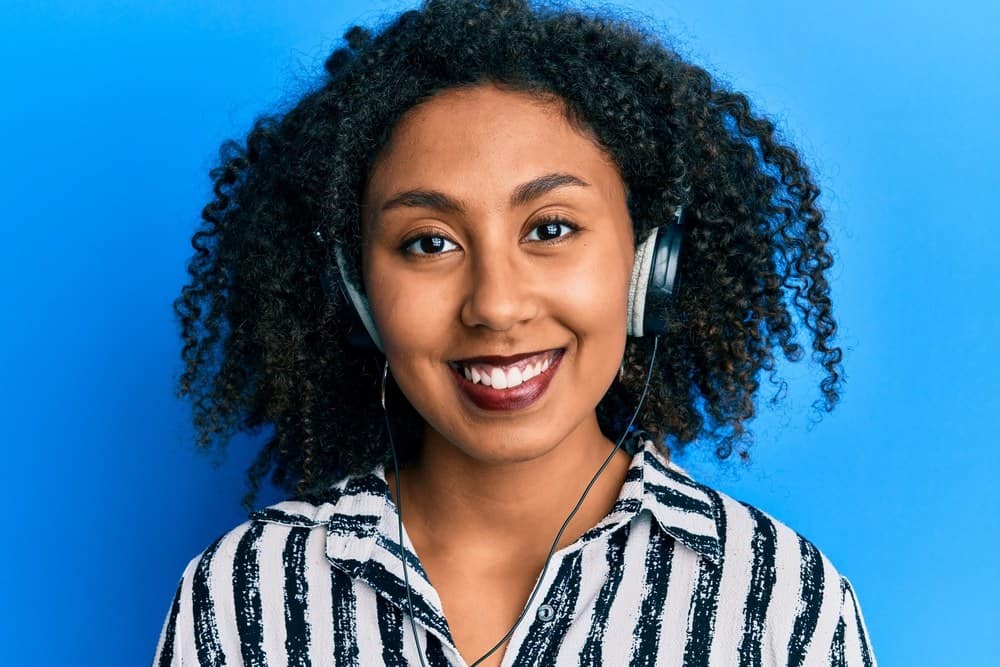
In addition to killing the lice living in the hair, it’s important to address the lice that may have found their way into your home.
While lice need to have a human host in order to live, they can survive away from a host for a couple of days before dying.
Clothing, hats, scarves, plush toys, bedding, and towels should be machine washed and dried on the highest heat setting.
The heat, anything higher than 128.3 degrees, will kill the lice within five minutes of exposure.
Those items that can’t be cleaned in a washing machine and dryer can be sealed in a plastic bag. While the lice can’t survive for more than a couple of days, it’s recommended that the items remain sealed for up to two weeks.
Don’t forget to soak any combs, brushes, and hair clips that you may have used in hot water for at least five minutes.
It’s natural to have the desire to clean the house top to bottom when dealing with a lice infestation. Generally, a routine house cleaning is sufficient for eliminating lice from the home.
Be sure to vacuum carpets and any fabric covered items in the home. Fumigant sprays are not only unnecessary but discouraged, as they can be harmful if inhaled or absorbed through the skin.
As you clean the home, remember that lice can only survive if attached to a human host.
Only those items and surfaces that have made contact with the infected person’s hair will need to be cleaned. Human lice cannot survive on pets and pets do not need to be treated for human lice.
Understanding Everything About Malathion
Malathion, otherwise known as ovide lotion, is a prescribed drug that was approved for sale by the FDA (U.S. Food and Drug Administration), for treating head lice.
Malathion lotion was approved for treating head lice and is effective and safe when it is used as directed. Malathion lotion is both ovicidal (kills a portion of lice eggs), and pediculicidal (kills the live lice).
What are the Steps for Using Malathion?
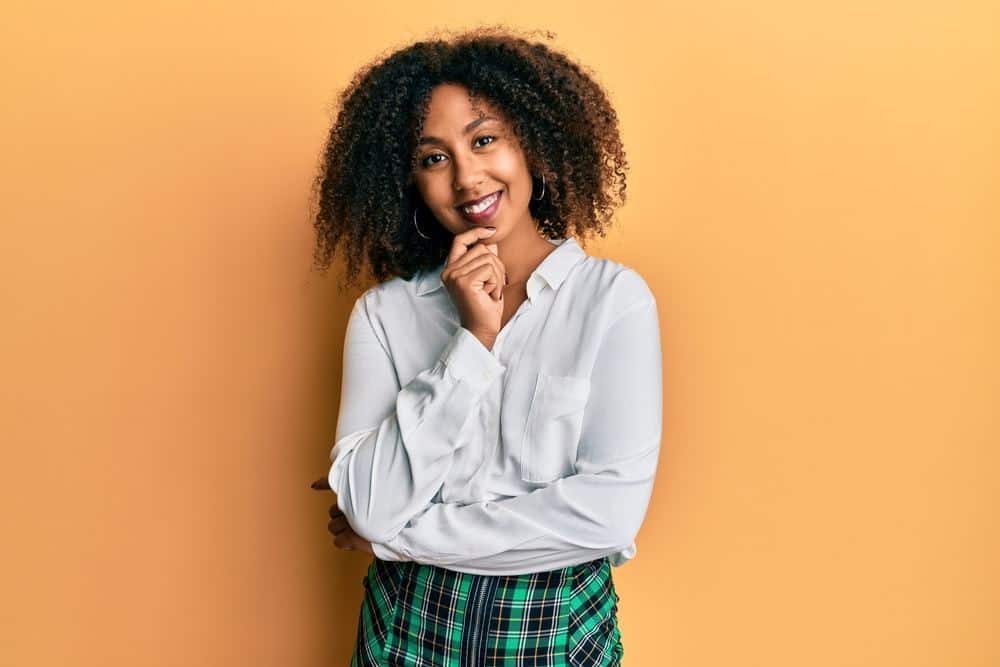
Step 1 – Treating the Person Infected with Head Lice
Always be sure that you follow the pharmacist’s or physician’s detailed instructions and make certain to read the label on the bottle of malathion.
Carefully begin to apply the malathion to dry hair. Continue to do so until the hair and scalp are thoroughly coated and wet. Be sure to use the malathion behind the ears and on the back of the neck and head too.
According to the manufacturer’s recommendations, malathion should be left on uncovered hair for between eight and twelve hours.
During this time it is important to let the hair dry naturally, never use a hair dryer or other electric heat source on the treated areas.
While the hair is wet, never use a blow dryer, flat iron, curling iron, or styling stick. Once the head has been treated, make sure that person changes into clean clothing.
The best time to apply the treatment is before bedtime to avoid having to reapply. Be sure to cover the pillow thoroughly with a clean towel to keep that medication from staining any bedding materials.
Once the eight to twelve-hour time period has elapsed, begin thoroughly shampooing the scalp and hair.
Begin to rinse the malathion and shampoo from the hair and make use of a fine-toothed nit comb. This type of comb will easily remove any of the dead nits and lice from the hair.
Every two to three days you should use the fine comb to check the hair for any signs of lice. Part the hair and carefully check the scalp, looking for live lice or eggs.
Continue checking the hair for two weeks to make certain that all the parasites are gone. If any live lice are discovered during this time, retreat with another application with the malathion as instructed on the product’s label.
Important Warnings and Precautions about Malathion
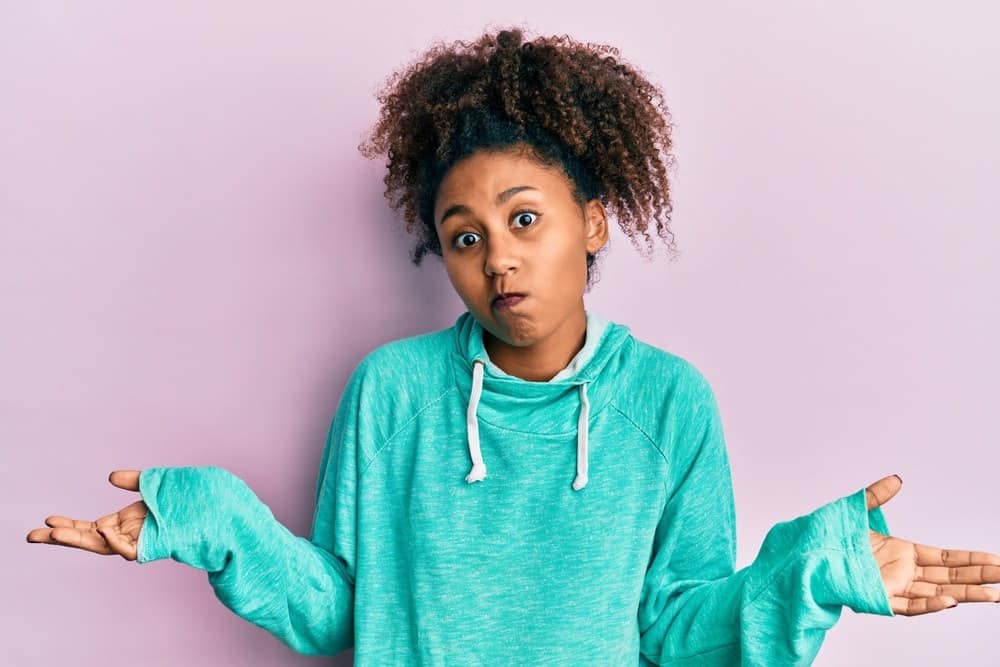
The malathion is a powerful medication that can cause stinging of the scalp if there are open sores from scratching the lice.
Avoid contact of the malathion with the eyes. Rinse your eyes immediately with cold water if contact occurs.
Keep the malathion away from heat sources like open flames, blow dryers, and flat irons, because it is flammable.
If you are pregnant, consult with your physician before using the medication.
Step 2 – Home Treatments Plus Additional Measures
If the parasites fall off the head, they are unable to feed and will die within a few days. The nits will not be able to hatch and usually die within the week if they aren’t kept in the same temperature that was on the scalp.
There is no need to spend a huge amount of time on house cleaning activities because any fallen lice and nits will be dead in days.
The following steps can help avoid any re-infestation of the nits or live lice that could have fallen into clothing or furniture.
To effectively kill off the nits and live lice that could have crawled from the head to clothing during the application of the malathion, machine wash your bed linen, pillowcases, clothing, towels, stuffed animals, blankets, that the infected person came in contact with.
Make sure to wash in hot water and then dry on the highest heat setting available in your dryer. Items that can not be washed should be taken to the cleaners immediately.
Another good option is to place any infected items in a strong sealable plastic bag that can be properly sealed. Leave the items in the bag for two weeks. Soak any brushes and combs in hot water for approximately ten minutes.
Vacuum the floors, the upholstery, furniture, area rugs, or any area the infected person was sitting.
Although the risk of getting infected by lice that has fallen off the head is extremely unlikely, it is better to be safe.
Avoid trying to fumigate the rooms or the house because those sprays can be highly toxic if absorbed through the skin or inhaled.
Step 3 – Preventing Re-Infestation of Head Lice
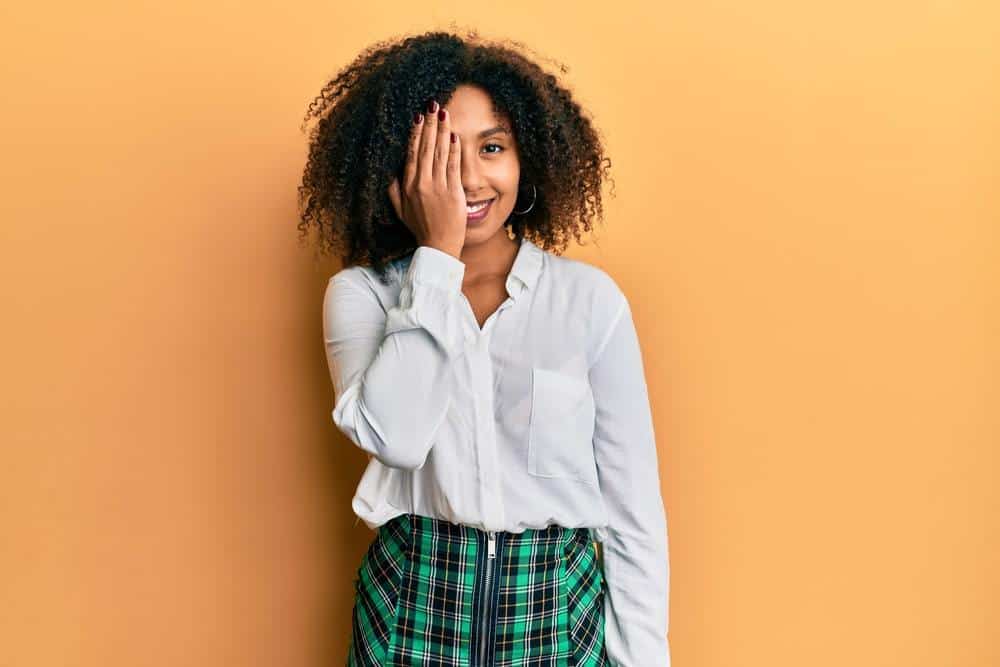
The most common way that the head lice are spread is from direct hair-to-hair or head-to-head contact. It is less common that the parasites can be spread by way of sharing belongings or clothing.
Once the lice or nits have fallen off the head, they will die quickly unless they land on another person’s head immediately.
Teaching children to avoid certain types of play can lessen the chances of them getting infected by head lice.
Teach your kids to avoid head-to-head contact during activities at school, slumber parties, playgrounds, camp, and sporting activities.
Never allow children to share clothing like hats, caps, coats, scarves, sports uniforms and hair ribbons. Never allow children to share brushes, combs, and towels.
Never allow the child to lie on any bed, couch, carpet, pillow, stuffed animal, that was recently in contact with someone infected with head lice.
Frequently Asked Questions
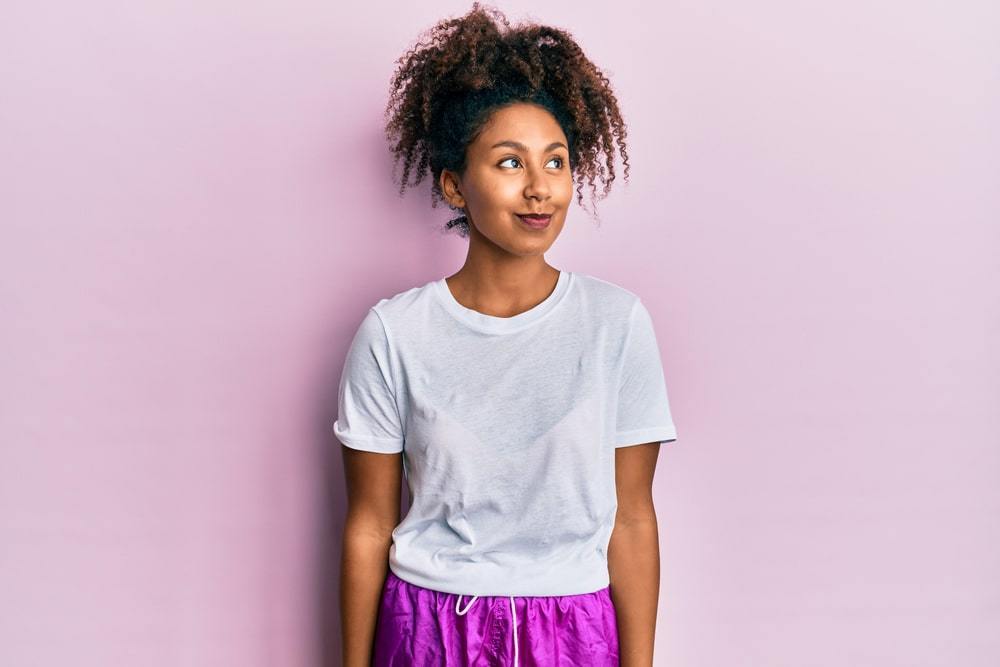
Where do head lice originate?
At the time of writing this article, there weren’t any verified fossils of head lice known to exist, so their origins are pure speculation.
It is known that prehistoric Native American mummies had lice, and both the Greeks and Egyptians of antiquity wrote about them.
Will head lice just go away?
Some people attempt to eradicate head lice multiple times, only to see their efforts go down in vain.
So, they get frustrated and start wondering if they should even keep trying. They shouldn’t though, as untreated head lice don’t go away on their own.
In truth, an adult female can lay numerous eggs, and they can do that every day. When eggs mature, they pop out ready and even able to hatch, so more baby bugs show up.
Baby bugs are called nymphs, and when they mature, they start laying their own eggs.
Head lice are something that can spiral quickly out of control so that just a few weeks is the difference between hundreds or even thousands of eggs in a person’s hair.
Can you get head lice with hair extensions ?
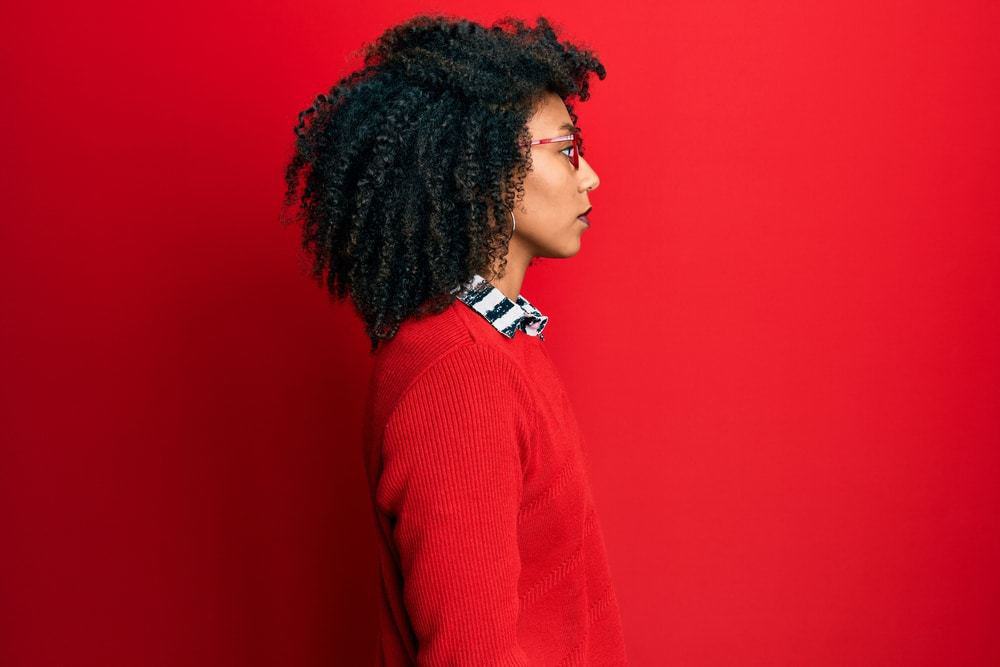
Yes, it is possible to end up with head lice in
When you remove
Just make sure you don’t spread them to anyone else prior to them dying off. It’s our advice that extensions are discarded in lieu of treatment and then reusing them.
Do head lice have wings? Do they actually fly around a person’s head?
Lice don’t fly or jump, and they typically aren’t able to survive more than 48 hours once off their host. Head lice don’t have hind legs with which to jump or hop. They also don’t have wings, so they’re not able to fly.
Adult head lice typically measure only 2 or 3 millimeters in length, roughly the size of a single sesame seed. Their color is usually brown, and they have six legs but no wings.
Head lice attach themselves to hair that that’s near the hair shaft base, where they lay scalp eggs. Head lice have to be close to the scalp so they can feed off the blood from the scalp.
My child is six years old and was sent home with head lice. Can I use the malathion lotion to treat their condition?
Before you treat any child for head lice, always ask their pediatrician for recommendations. The effectiveness and safety of malathion hasn’t been established in children under the age of six years old.
Are treatment failures common with malathion?
No, although re-infestation of the lice can occur though.
Are second treatments needed?
Possibly. If live lice and nits are still being found after seven days, the second treatment of malathion is recommended. During this time other family members should be checked for head lice infestation.
Does the malathion kill lice eggs?
Answer: Yes. The malathion available by prescription in the United States will kill lice eggs.
Does hair dye kill lice?
No, hair dye doesn’t kill lice but read this article for a more detailed explanation.
Do lice like clean or dirty hair?
A popular misconception is that head lice are attracted to “dirty” hair. In reality, the spread of lice is not affected by personal hygiene and the cleanliness of a person’s hair or environment.
The infestation is mostly spread through direct contact with an infected person’s hair.
For children, this can happen while they’re at play with lice-infested kids, at school, at their homes, or in any other environment where there is a chance for contact (like sleepovers, camps, and gyms).
How many infestations occur each year?
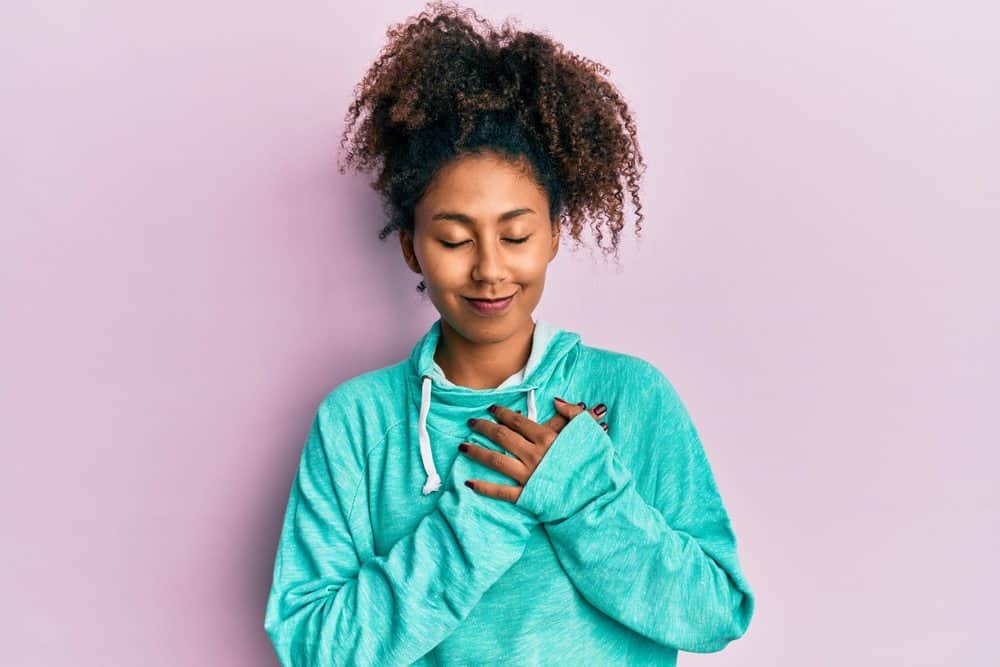
To my knowledge, there is no accurate data available regarding the number of head lice infestations that occur in the United States every year.
However, we do have data about the children aged three to eleven years who do get infested each year. The number is estimated to be around six to twelve million infestations every year for this particular age group.
Girls seem to be more vulnerable to getting infected than boys, probably due to having longer hair and more hair-to-hair contact.
Another interesting piece of data is regarding infestations in black people. Head lice infestations are less common among black people or African Americans compared to those of other races.
Scientific research explaining the reasons is nonexistent to my knowledge, but I will continue to update this article when a comprehensive scientific study is released.
However, to make sure that you completely understand, black people can definitely get head lice. Also, black people should follow the same treatment advice outlined in this article.
What are the common head lice symptoms? Do head lice carry diseases?
A head louse has no capacity to carry disease (according to the CDC) and is not considered as a major health hazard.
Some head lice infestations are asymptomatic (i.e. symptoms are not obvious).
However, most cases are characterized by extreme itching (known medically as “pruritus”) that is caused by a person having an allergic reaction to lice bites.
The itching can occur four to six weeks after a person gets infected.
Aside from the itching, there are also other symptoms that people need to watch out for. These include having a sensation or lingering feeling that there is something crawling through your hair.
Also, sores on the head caused by incessant scratching are common symptoms. Sometimes these sores may get infected if the skin breaks.
Although head lice are not life-threatening, they are very irritating and cause your scalp to itch.
Symptoms include feeling like something is crawling around on your scalp, a very itchy scalp, and scores and scabs from scratching.
Anyone can get head lice, although it’s much less likely for African American’s to get lice, which is likely due to thick, curly hair types (unsubstantiated with science).
If you have discovered that you or your child has lice, it is important to wash and disinfect all combs, brushes, hats, bedding, toys, headphones, pillows, cushions, bath towels, clothing or other items that may contain lice.


